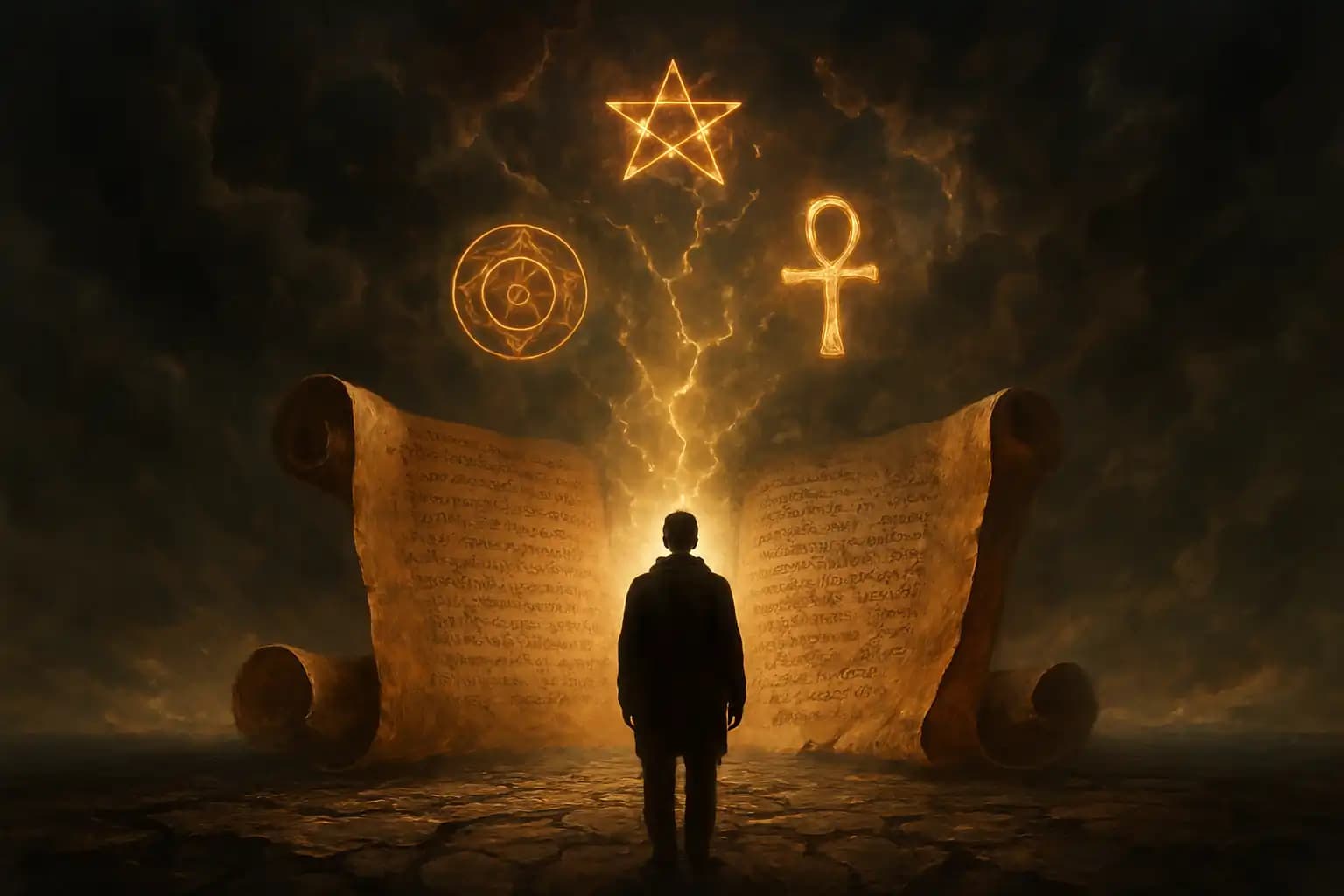Let’s be honest: when most people picture the apocalypse, they imagine bad CGI meteor showers, four horsemen, or some celestial smackdown. For Gnosticism, the real shock is this—armageddon is less about the universe collapsing and more about removing the world’s spiritual blindfold. If the end is nigh, the Gnostic message is that your perception is doomed, not civilization.
Gnosticism—rooted in ancient Mediterranean movements and invigorated by discoveries like the Nag Hammadi library—differs from mainstream religious end-of-days dogma. Mainstream Christianity’s apocalypse promises hellfire or redemption after a cosmic shakeup. The Gnostic approach? It centers on revelation: secret knowledge (gnosis) that dispels illusion and frees the soul from evil’s grip. Quite a plot twist, isn’t it? No wonder their views resonate in today’s philosophical debates and survivalist musings (see cultural cycles, civilizational resets, and even AI anxieties explored in modern warnings).
The Gnostic Apocalypse: Revelation, Not Ruin
Thanks to rare ancient texts—such as the Gnostic Apocalypse of Peter—Gnostics envisioned an apocalypse fundamentally different from the violent events of the canonical Book of Revelation. In these writings, Peter and others see through the material world’s deceptions, recognizing the true apocalypse as a spiritual unveiling. According to modern scholarship (Notre Dame Philosophical Reviews), this is less about “doom and gloom” and more about “lifting the veil.”
This inner revelation challenges authority—whether from church, empire, or anyone providing easy answers. For today’s seekers interpreting anomalous events or drawing from alternative readings of history in subterranean legends, the Gnostic paradigm flips apocalypse anxiety into a story of potential awakening.
Knowledge as Salvation: Escaping the Material Trap
Core to Gnostic belief is the idea that salvation comes not from faith or works, but from gnosis—direct, inner knowledge. The material world, shaped by a lesser deity or demiurge, often serves as a prison for the divine spark hidden within each person. Instead of awaiting external rapture, Gnostics advocate for personal revelation, “escaping” through spiritual insight, as detailed in the foundational Wikipedia entry.
This worldview cultivates a unique form of end-times prophecy: the apocalypse can happen at any moment for anyone willing to awaken from the world’s illusions. It’s no surprise their ideas were branded heretical—bypassing intermediaries threatens power structures. This theme resonates in contemporary fears about control, whether artificial or theocratic, mirrored in the ongoing debate around digital control and external authority infiltrating personal reality.
The Nag Hammadi Library: Apocalypse in Hidden Writings
The 1945 discovery of the Nag Hammadi library in Egypt illuminated Gnostic teachings. Found within these texts, such as the Apocalypse of Peter, is a vision of the “end” as radical inner transformation. These ancient writings reveal that figures like Jesus, in the Gnostic context, acted as guides from ignorance to enlightenment.
While mainstream interpretations await cosmic judgment, the Gnostic apocalypse urges believers to wake up—here and now. Even as scholars debate the histories and sources (see The Cambridge Companion), the thread is clear: true apocalypse is epistemological. Naturally, this inner revolution appealed to those dissatisfied with dogmatic control and continues to inspire seekers wary of external authority today, as discussed in pieces about hidden threats and alternative worldviews.
Apocalypse, Authority, and the Legacy of Gnostic Dissent
The mainstream church’s disdain for Gnostic ideas matched their thorough attempts to erase them. Yet, paradoxically, Gnostic apocalypticism survives—muted, yes, but resonant. This worldview sees collapse not as disaster, but as the precondition for inner vision. In a world obsessed with existential threats—whether environmental, technological, or metaphysical—Gnostic voices remind us that the real “end” is about awakening, not burning out. For ongoing narratives about modern end-times and the cultural forces that shape them, sites like Unexplained.co arm the curious and skeptical alike.
So, whether or not you prophesy from a bunker, the takeaway is clear: sometimes, the most shocking apocalypse isn’t out there—it’s the moment you see the world, yourself, and the truth with new eyes. No horsemen required.




